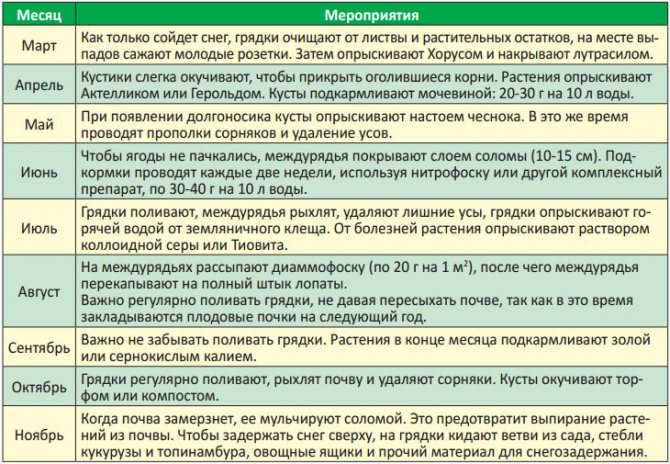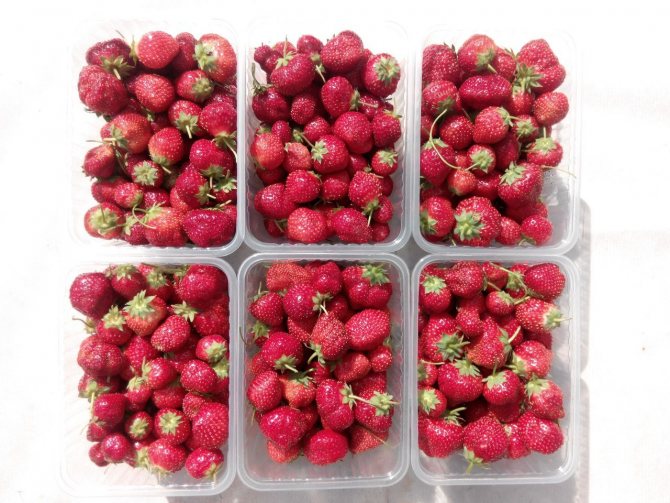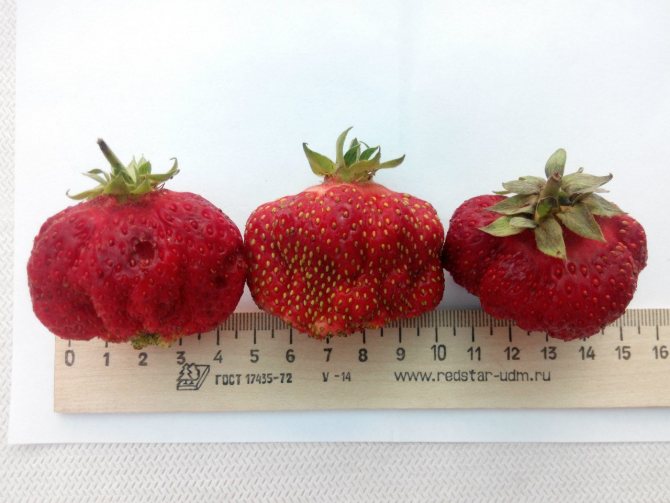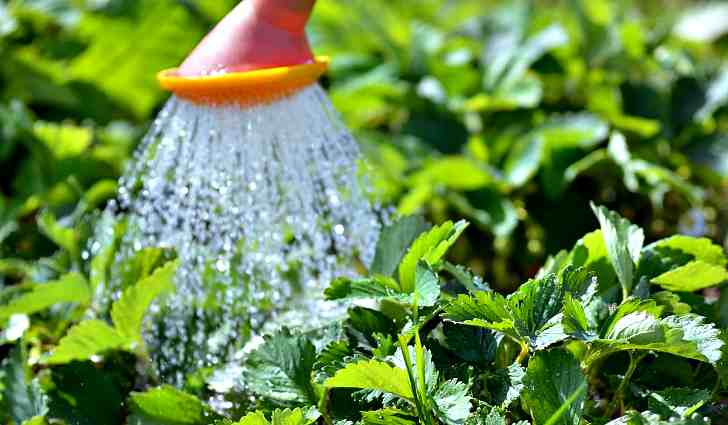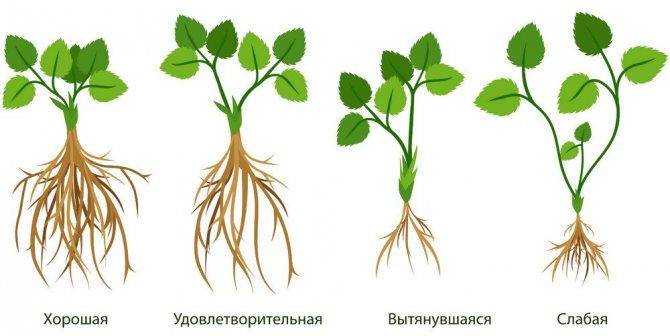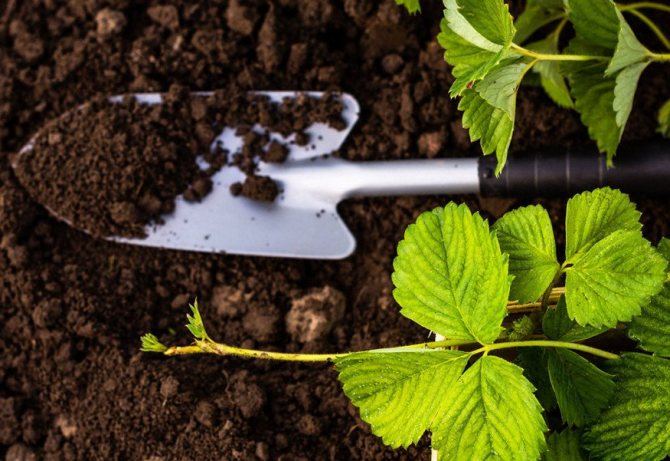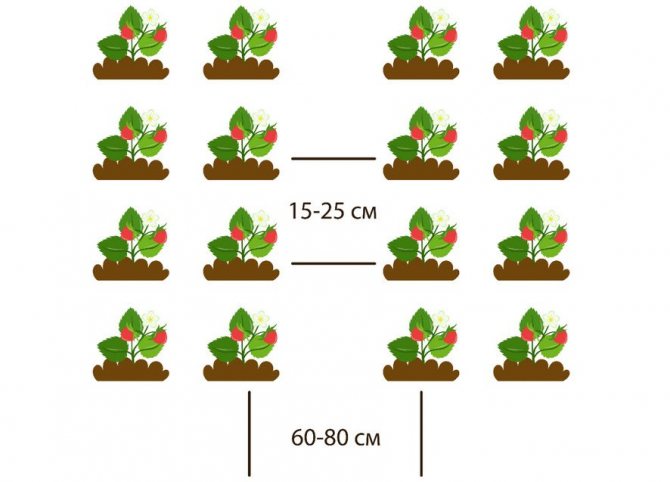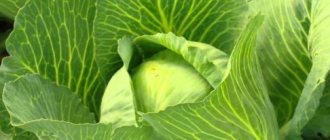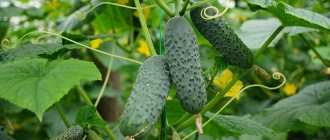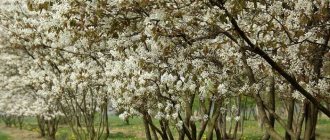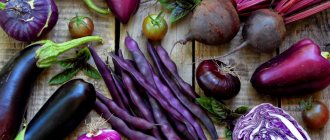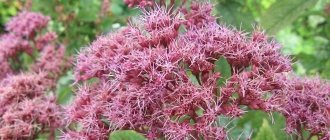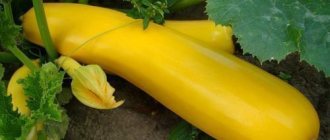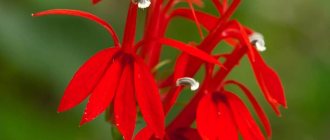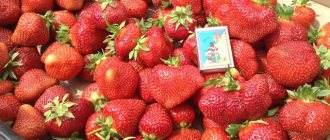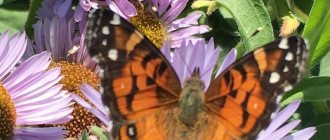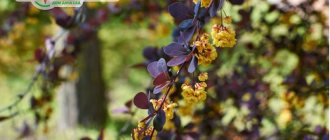Rarely does a household plot do without strawberry plantings. Currently, gardeners have the opportunity to choose a variety that is suitable for specific conditions. The high-yielding strawberry Queen Elizabeth-2 allows you to get a decent harvest even from several bushes and provide your family with a fragrant delicacy. However, it is worth noting that Queen Elizabeth was one of the most popular varieties at the very beginning of the 20th century. As of 2020, there are more productive and promising varieties, for example, Charlotte, Murano, Florina.
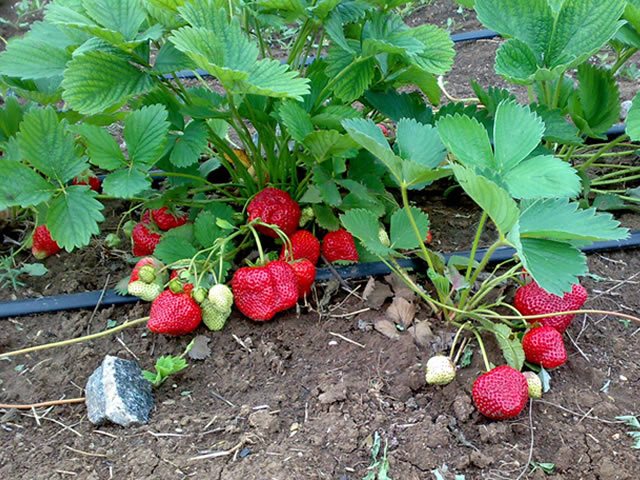
Strawberry variety Elizabeth - signs
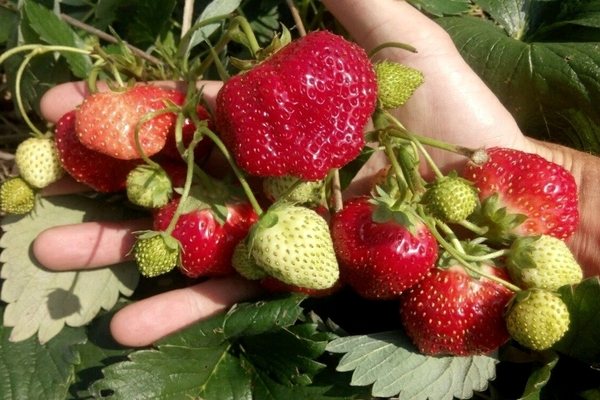

Ripening of early ripeness, bears fruit several times per season (remontant), indifferent to the length of daylight hours. Flowers of both sexes, of considerable size, white, have 5 petals or semi-double. Fruit weight 40-50 g, there is also a record maximum - 95-110 g. Berries are bright scarlet with an unobtrusive glare. Assessment of tasters - 4.8 points / 5 points. Strawberry variety Elizaveta - universal. The active life cycle is one to two years. Yield indicators: 3-5 kg / m2 in open space per season, up to 11 kg / m2 in greenhouse conditions. Strong immunity to fungal diseases and raspberry-strawberry weevil. The variety is not included in the State Register of the Russian Federation.
The history of "Queen Elizabeth" is incomprehensible, foggy, like foggy Albion, from where, most likely, the roots of the origin of the variety come from. This is the opinion of the majority of specialists in the strawberry industry. The original Queen Elizabeth variety was bred by Ken Muir, a popular British breeder. In Russia and the CIS countries, the "queen" has been massively grown for quite a long time, about 20 years. The “royal lady” “honored” to visit Russia at the turn of the 2000s, then “decided” to undergo field trials at the “Donskoy Nursery” in the Rostov region. It was there that a new variety, "Elizabeth II" (the result of the growing season), was randomly bred. The newly minted "Elizabeth II" became a full-fledged successor to "Elizabeth the First". Most breeders claim that these varieties are similar to each other, hence they can be called one variety.
Strawberry Elizabeth belongs to the category of "national heritage". Why is it so boldly referred to this category? Firstly, it is not mentioned in the State Register; secondly, it does not have uniform official variety standards. In this case, it is not surprising that for a long time of cultivation in the descriptive characteristics of gardeners, agricultural firms that produce seeds and nurseries, sell seedlings, there has been a lot of controversy and confusion. For example, on bags with seeds from different production, berries are drawn, generally unlike each other in any way. And who here, one wonders, to believe?
The main question about which breeders are debating is what is the best way to grow the variety? Which seeds will yield the most bountiful harvest: seeds from growers or your own strawberry seeds from your garden / garden? Kachalkin M.V., Ph.D. D., one of the main specialists in Russia in the field of selection and cultivation of berry and fruit crops expressed his opinion on this matter: "Large-fruited strawberry varieties, when spread by seeds, do not leave their quality characteristics intact." Other gardeners do not agree with this point of view, they claim that they are quite successful in cultivating Elizabeth strawberries using the seed method.
In more detail, the question of breeding strawberries and advice on agricultural technology will be resolved later.In the meantime, let's go through descriptive features and questions of consumers of garden strawberries of the "Queen Elizabeth" variety.
Strawberry Elizabeth variety description
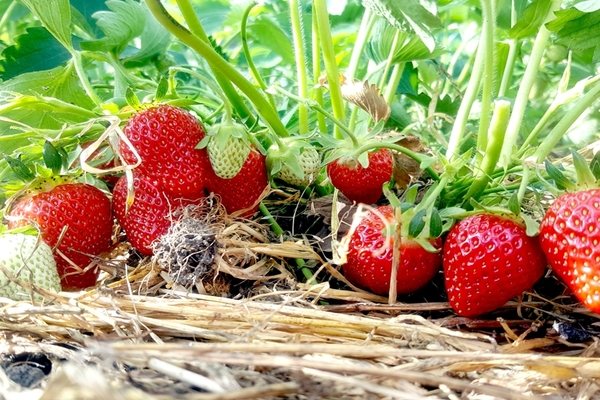

Bushes of strong vigor, striking in their power, semi-spreading shape. The leaves are bright green (young ones are lighter), rather large, smooth, as if polished, have a bright shine of gloss. Also, the leaves have denticles along the edges. Peduncles stand upright, they are strong, they are under the leaves. Flowers of both sexes, have no barren flowers, white, large, have 5 petals or semi-double. The maximum effort is directed at tying and pouring berries, because of this, a small amount of mustache is thrown away. For the entire period (without cutting the peduncles), only three to five mustaches with two or three rosettes are formed in the bush. From the rosettes formed in the second summer month, on the August days, another crop is obtained, an additional one.
Ripening terms
The ripening time of berries for the most part depends on climate conditions, weather surprises and agricultural technology. The first harvest is usually harvested between the 15th of May and the first days of June. The strawberry bears fruit until late autumn, it stops bearing fruit after the frost sets in, which are long in duration. The first strawberry ripens early, because flower stalks with already formed buds have remained on the bushes since autumn, literally immediately resuming their activity when the first warm spring days come. To protect the flower stalks from winter frosty temperatures and enjoy the early strawberry berries, you need to cover the bushes for the winter season.
Variety "Elizaveta" is famous for its high remontability - this is the ability of plants to bear fruit more than once per season, and the variety is also indifferent to the length of daylight hours. Thanks to such a property as indifference to the length of daylight hours, strawberries are able to bloom almost continuously and delight with berries for 6 months in open space and for almost 11 months in greenhouses, greenhouses, that is, in a closed protected ground. The plant bears fruit in a wave-like manner, giving itself a rest (about two weeks). In good climatic conditions, and if the plants are properly looked after, three or four waves can be observed, or all five can be observed. The strawberry stops growing and slows down the formation of ovaries at elevated temperatures during the summer.
Landing
For planting, a healthy seedling is selected, on the leaves of which there are no spots, dots and dents. Plant, preferably, bushes grown in peat pots. They are planted with a container that gradually decomposes in the ground and serves as an additional fertilizer.
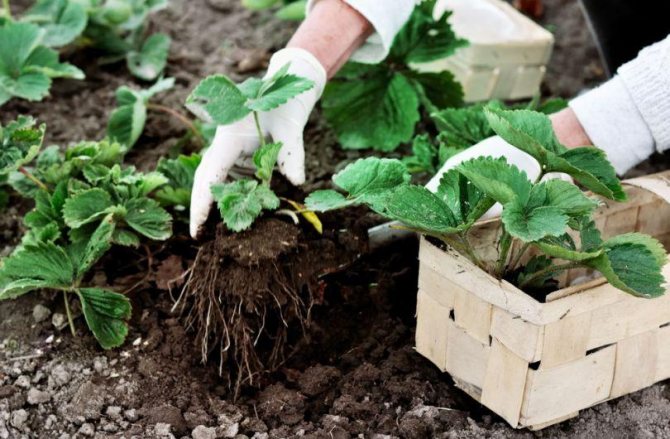

Site selection and preparation
The territory for planting strawberries is selected well-lit by the sun, with a low occurrence of groundwater. In order for the bed to be evenly illuminated throughout the day, it is installed with an orientation from east to west. The plot is being prepared in the fall, or at least a month before the spring planting of garden strawberries. The soil is dug up, it is brought into it at the rate of 7-8 kilograms per square meter.
Timing and technology of planting bushes
Garden strawberries are planted in open ground in spring, when the threat of frost has passed. If the gardener did not have time to plant it in the spring, he can do it in late August or early September. Strawberry Elizabeth grows powerful bushes, so the distance between them is kept within 25-30 centimeters. Landing is done as follows:
- holes are dug with a depth of at least 10 centimeters;
- the root system of strawberries spreads out to the sides, and is planted in a hole strictly in the center;
- the bushes are covered with soil, watered.
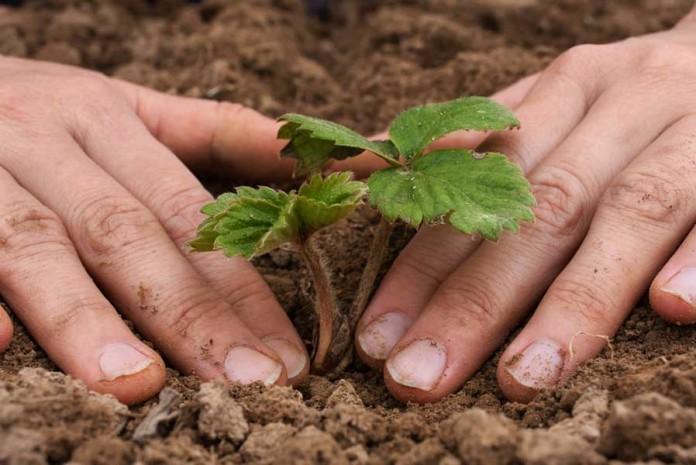

Strawberries can be mulched with peat to retain moisture.
Characteristics of berries
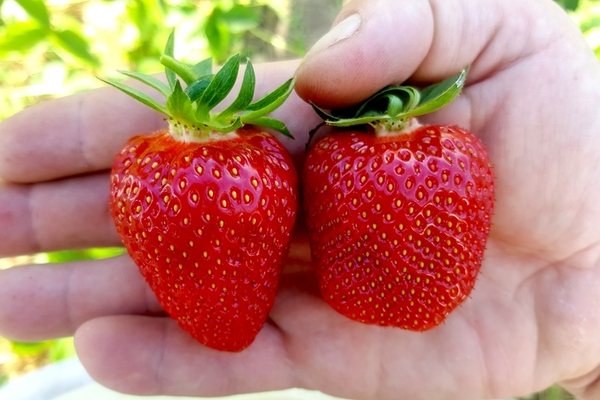

Berries are intended for desserts, to be eaten fresh, straight from the garden.The quality taste of berries depends on how much heat and sun they received. This is what gardeners say. The first spring and late autumn fruits are not so sweet and fragrant, unlike their "summer change", but, oddly enough, they all look rich, bright scarlet berries with a slightly noticeable glint, having juicy flesh inside.
The berries are large and very large in size, contain a large number of biologically active elements, vitamins and microelements. Assessment of tasters - 4.8 points / 5 points.
What distinguishes the variety we are considering from all other varieties is the aligned berries on the bush in terms of shape and size characteristics. They weigh 40-50 grams, but the weight can be 95-110 grams (from a chicken egg). The density of the pulp by the end of the growing season begins to become higher. Fruits that ripen at different stages of development and growth may differ from each other in shape: in the initial period, the berries are mostly rounded-oval, closer to the approach of the autumn pore, they stretch out, change their shape to a conical one, tubercles appear, have a long end, often pale, even in ripe berries.
Fruits of the Elizaveta variety, which are located on tall, erect peduncles, have almost no contact with the ground, so the percentage of them getting dirty or spoiled is much lower compared to other varieties.
Due to the fact that the variety has a compacted pulp structure, the berry has excellent indicators of commercial quality and keeping quality, the variety is well transportable, it is stored for a long time. The fruits are eaten fresh, processed and preserved. Desserts, compotes, juices, preserves are prepared from berries, strawberries are added to baked goods as a filling, dried and frozen (when the berries are thawed, they do not lose their shape and taste quality).
Due to the fact that strawberries that bear fruit more than once per season make a lot of efforts to give away a lot of berries, their sizes on adult bushes become smaller. In this case, gardeners recommend growing plants using an annual crop technology (maximum 2 years). Also, in order to maintain the properties of the variety at a significant level, you need to constantly take care of the plants and observe a high level of agrotechnical technologies.
Productivity (reviews of gardeners who grow "Elizabeth"): the yield in spring from one bush is 550-690 grams, in summer and autumn (this is the main one) is 2-2.5 kg.
Advantages and disadvantages
This variety is suitable for commercial and personal cultivation. It has the following advantages:
- enters the fruiting period much earlier than many other varieties;
- harvesting after a short break continues until the very frost;
- high degree of resistance to most diseases and pests;
- strawberry has an attractive appearance, transportable;
- the taste is excellent, sweet, aromatic;
- frost resistance is high;
- the first harvest is obtained in the year of planting;
- abundance of mustaches.
Also, the advantages of the variety include the factor that the berries are suitable for fresh consumption and for conservation (the fruits do not disintegrate during heat treatment).
Queen Elizabeth, Selva, Olbia - some of the earliest strawberry varieties
Disadvantages of the variety
- the plant is badly affected by prolonged heat, fruiting stops;
- with prolonged rains, strawberries lose sugar content and become watery;
- three years after the plantation was laid, it must be renewed;
- high demands on soil fertility;
- a lot of "gnarled" berries that are not suitable for sale.
Gardeners note that the taste of strawberries depends on climatic conditions. For southern hot regions, it is better to choose a different variety.
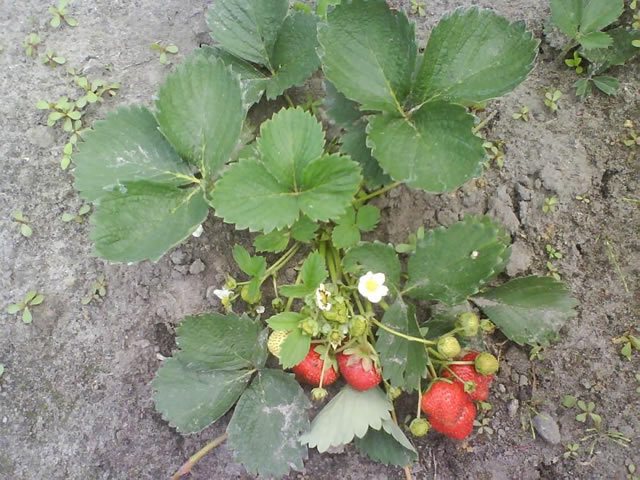

Growing strawberries Elizabeth
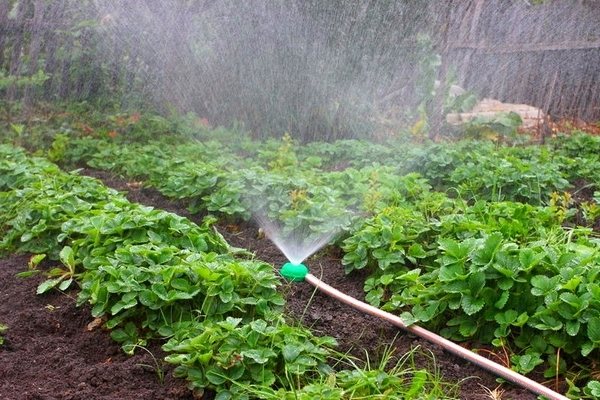

Indicators of high yields and good taste are noticeable when strawberries are grown on soils well saturated with humus with an optimal level of moisture and it is imperative that the growing area be well lit. Due to abundant watering and an excess of precipitation, the berries become watery, not so sweet and compacted.
Due to its remontability, the variety on an ongoing basis requires fertilizing with nitrogen, potash and phosphorus fertilizers. Most gardeners use organic fertilizers: solutions of mullein, bird (chicken) droppings, yeast. At the stages when the fruits are ripe, only root dressing is carried out. Regular watering (for example, drip) is very important, especially during hot and dry times. The Elizaveta variety is not afraid of frost. But there is one "but": if in the autumn period before the arrival of frosts the earth is dry and cracked, this means that it should be watered abundantly. The risk that the roots will freeze will decrease, watering will help the bushes to endure the winter well.
So that the earth does not swell and does not dry out, so that the weed slows down its growth, the soil should be mulched with straw (sawdust, needles) or seedlings should be planted on a black non-woven material (film).
Care rules
Priming
Strawberry Queen Elizabeth 2 loves fertile, neutral soil. On loams, too, it works well.
The berry bed is prepared in advance, peat, humus, mineral fertilizer are added. Kemir is most often used: 80 grams is enough for two square meters. You can fertilize the soil for Elizabeth 2 strawberries with mullein (1:10), chicken droppings (1:20). Wood ash must be added without fail.
Landing
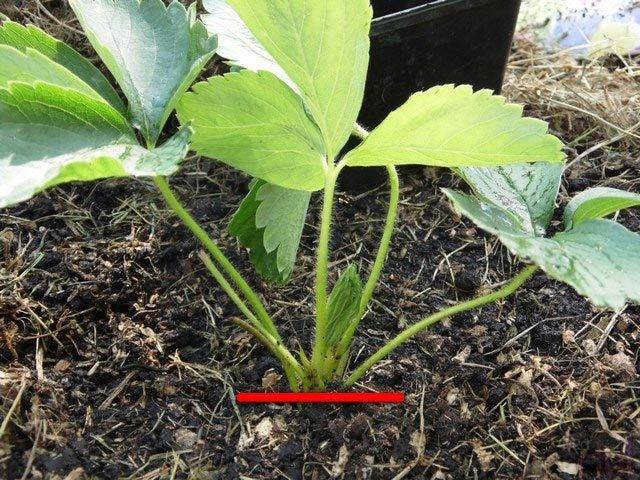

The planting material is placed in a groove to a depth of 15 cm, the root system is straightened, and covered with earth from above. As a rule, row spacings should be within 70 cm, and Elizabeth 2 bushes at a distance of 30 to 35 cm.Although some gardeners leave a gap of 26 cm between outlets.
Attention! The top of the strawberry rosette must not be buried. There is a mark in red on the photo.
The planting scheme for Elizabeth strawberries can be seen in the photo.
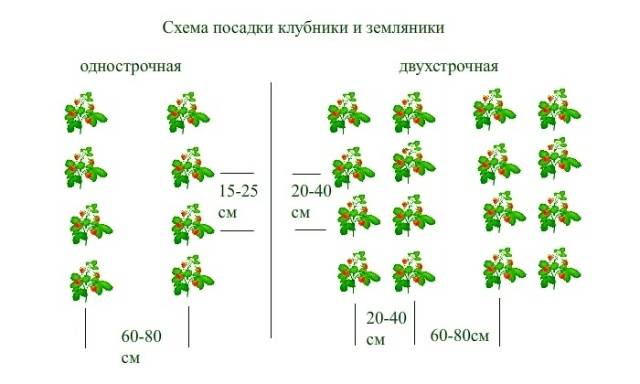

After planting, it is advisable to mulch the soil under the strawberry bushes with straw, peat, compost or cover it with a black non-woven material.
Traditionally, plants are planted in ridges, but many gardeners write in reviews about unusual planting methods in various containers, using the ampel method of growing the Queen Elizabeth strawberry variety.
Strawberries of the Elizaveta variety in large flower pots feel good. In this case, the plant can be brought into the house in the fall, where it will continue to bear fruit successfully all winter.
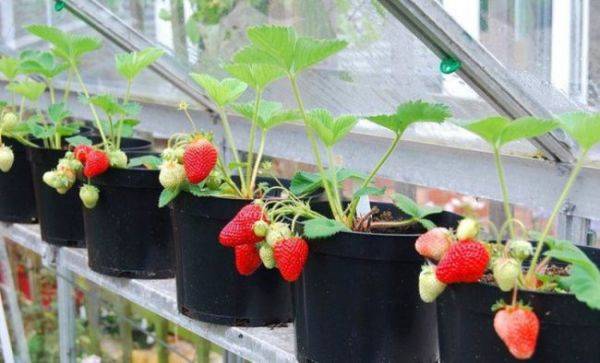

Watering and feeding
When growing remontant strawberries Elizabeth 2, you should know that this is a berry of sunny beds. Water the bushes after 2-3 days. He loves water, but in swampy soil the roots quickly rot. Watering can only be done under sprinkling or from a watering can with a fine mesh.
A warning! Do not use a hose for irrigation: the aggressive pressure of water erodes the roots.
If the soil under the strawberry plantings is mulched or covered with non-woven material, the number of waterings is reduced to a minimum. Time is saved on loosening and weeding: weeds cannot break through the cover.
To get a rich harvest from strawberry beds, you need to take care of the timely nutrition of the plants. Strawberry Queen Elizabeth is demanding on nitrogen, phosphorus, potassium. Every 14 days, you need to feed at the root with any of these fertilizers: agrophos, sodium or calcium nitrate, superphosphate, organic matter, herbal infusions and wood ash.
The Elizaveta variety responds well to foliar feeding, especially during the fruiting period. Here are the options:
- Boric acid (1 g) is diluted in warm water, 2 g of potassium nitrate and potassium permanganate per liter can.
- Pour one glass of wood ash into a container and pour 1000 ml of boiling water. After the infusion has cooled, strain it and sprinkle with Elizabeth 2 strawberries.
- Dissolve 1 kg of raw yeast in five liters of warm water. After 24 hours, 0.5 liters of the starter culture is poured into 10 liters of water. When spraying, we moisten all parts of the plant.
Attention! Foliar feeding of strawberries can be carried out with the preparations Ovary, Agros, Rubin, Epin.
It is better to work in the evening so as not to burn the leaves.
Strawberry Elizabeth reproduction
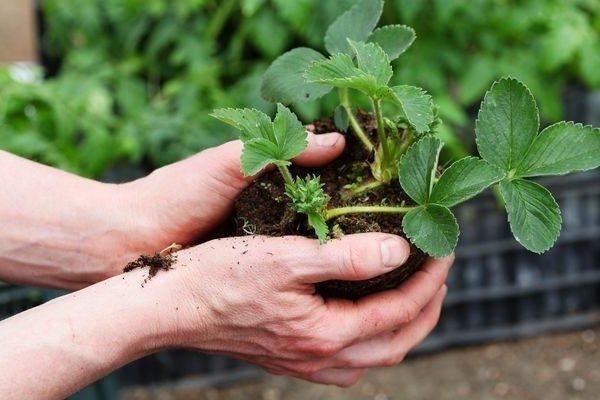

To update the planting of the “Elizabeth” strawberry variety, the methods of vegetative propagation are initially used: seedlings from young rosettes formed on the mustache, separated bushes or ready-made purchased seedlings. You need to purchase material for planting only from trusted manufacturers, otherwise there is a risk of being deceived and getting something different from what you wanted and what you paid for.
So, finally, we add that according to the results of test experiments of different varieties of strawberries, which were carried out under the mentorship and guidance of the candidate of agricultural sciences S.S. Voloschenko, variety "Queen Elizabeth" was in the leading row in terms of such indicators as: persistent immunity to diseases and enemies (to the fungus and raspberry-strawberry weevil); yield and large-fruited; high taste of fruits and the content of biologically active substances in them.
Breeders advise everyone to grow this variety everywhere: both amateurs and industrialists in open or closed ground.
Testimonials
Queen Elizabeth II has been giving a stable result on my site for the fifth year now. Moreover, the berries do not shrink and the yield does not fall. This is to the opinion of experts that strawberries do not bear fruit for more than 2-3 years. What else is pleasant about the variety - even in rainy periods it does not rot, does not lose taste and aroma, yield and frost resistance are at a height.
Queen Elizabeth-2: one of the first remontant varieties that gained popularity throughout Russia. Fraudsters also took advantage of their popularity, so a lot of materials appeared about unique berries weighing up to 100 g, variations of the variety for numbers 1 and 2. The variety is not bad, but in the current realities there are varieties that are even better.

